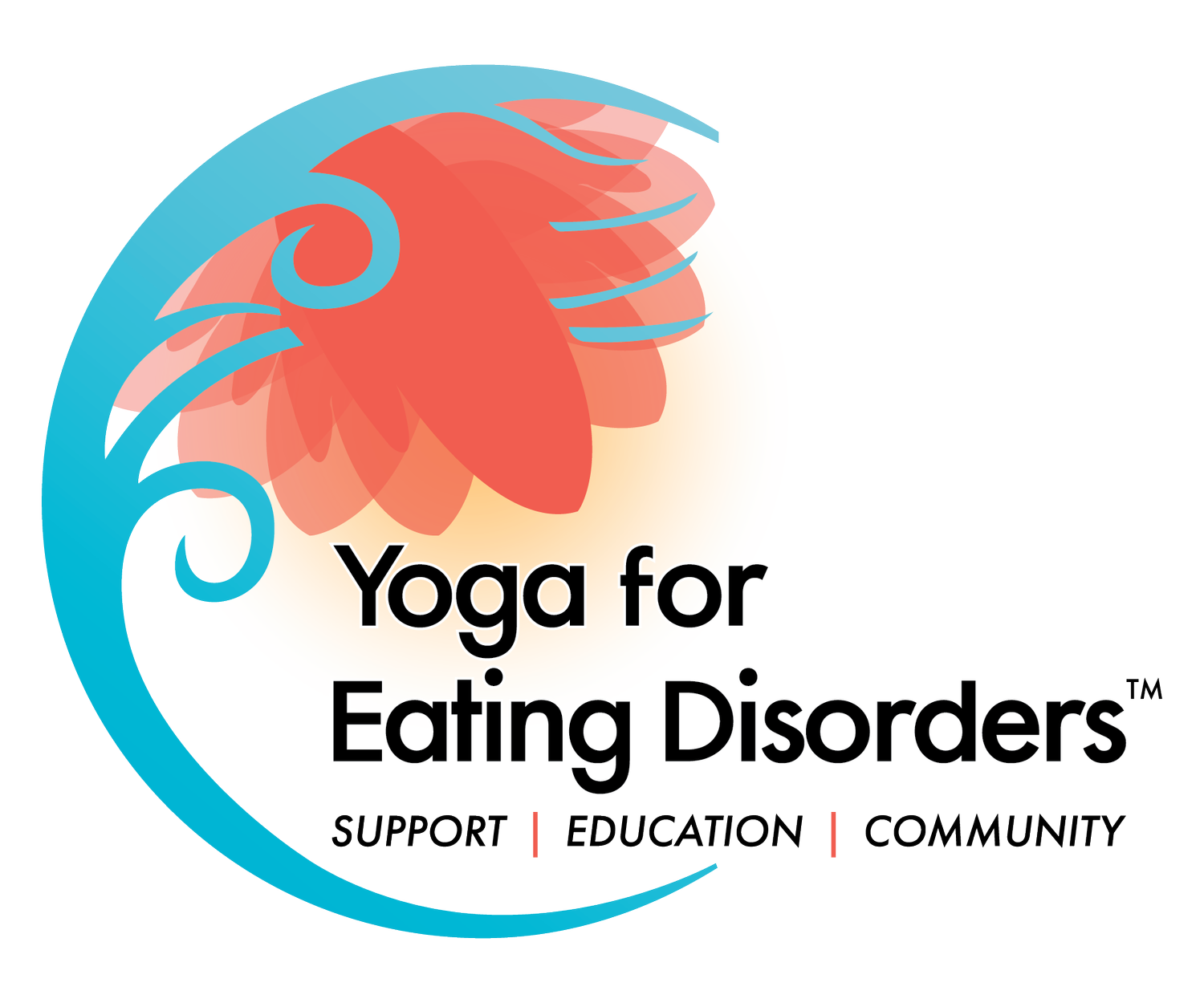What Are Eating Disorders?
According to the National Eating Disorder Eating Disorder Association (NEDA), “Eating disorders are serious but treatable mental illnesses that can affect people of every age, sex, gender, race, ethnicity, and socioeconomic group. No one knows exactly what causes eating disorders, but a growing consensus suggests that a range of biological, psychological, and sociocultural factors come together to spark an eating disorder. Once the disorder has taken hold, it can become a self-sustaining process that usually requires professional help and support to recover.”
Eating disorders affect over 70 million people worldwide. They do not “look” one way or how they have been socially constructed to “look.”
The Diagnostic and Statistical Manual of Mental Disorders (DSM-5) identifies five types of eating disorders:
Not listed, but on the rise and equally as dangerous is Orthorexia.
It’s very important to understand that one does not need a clinical diagnosis to have a troubled relationship with food and body, especially given the pervasiveness of diet culture, beauty ideals, and the passing down of food and body wounds in families.
Also important to remember is that the clinical diagnosis does not always predict body size and shape. Eating disorders are ways to cope with pain, and the behaviors and thoughts that perpetuate them severely sever one’s relationship with their body. They themselves are a trauma and also are experienced in tandem with depression, anxiety, mood disorders, post-traumatic stress disorder, obsessive compulsive disorder, addiction.
Please vist NEDA for specifics on symptomology, clinical and medical considerations, and additional resources, including a Helpline.
